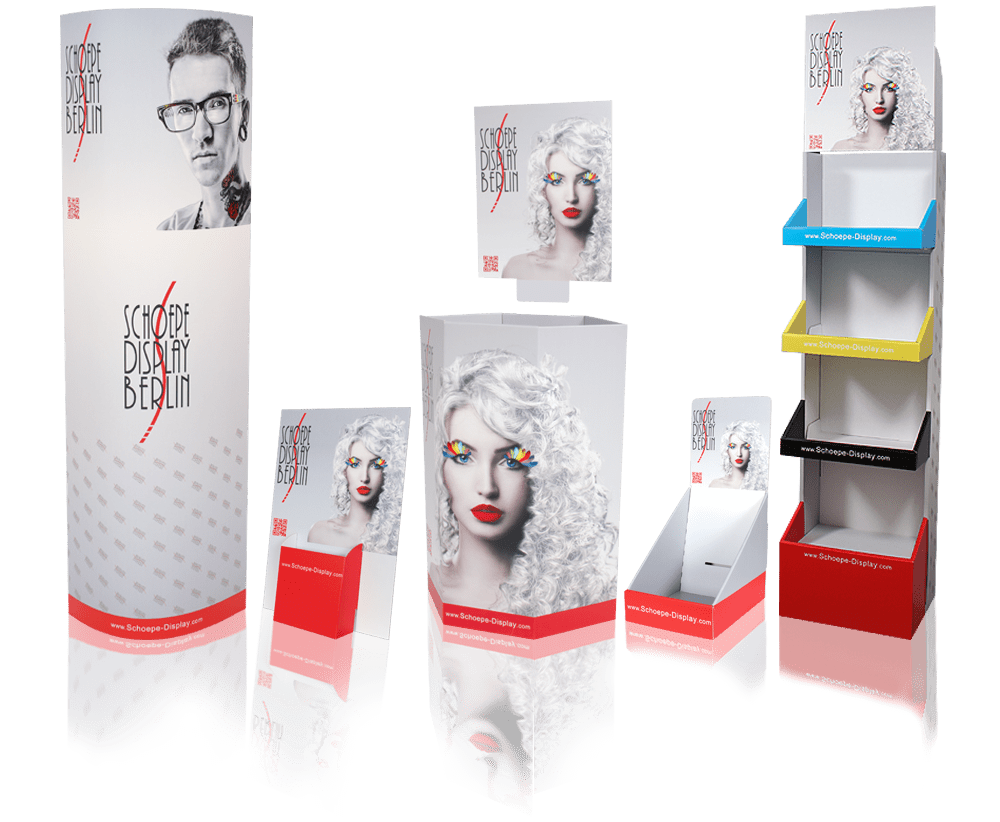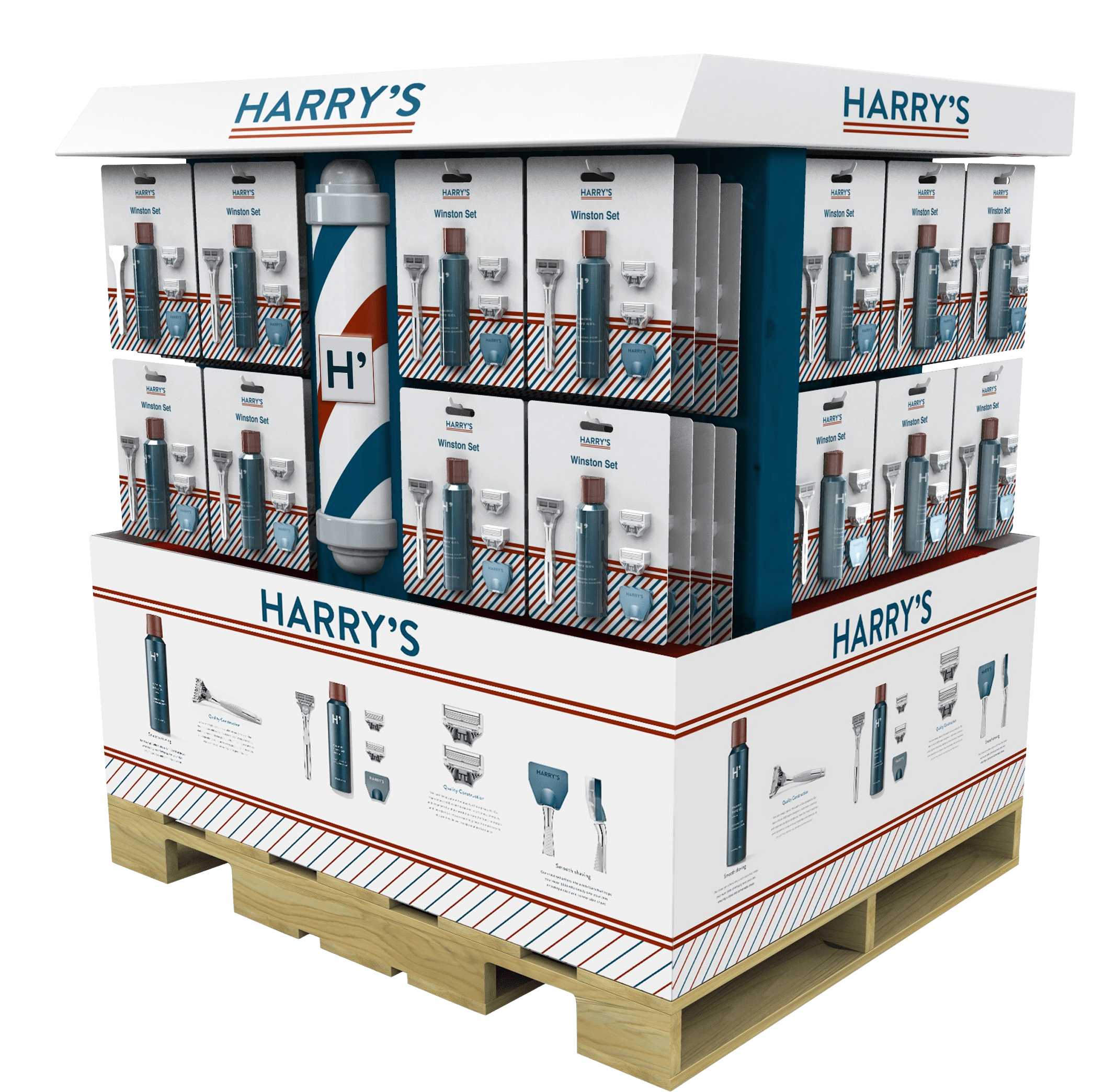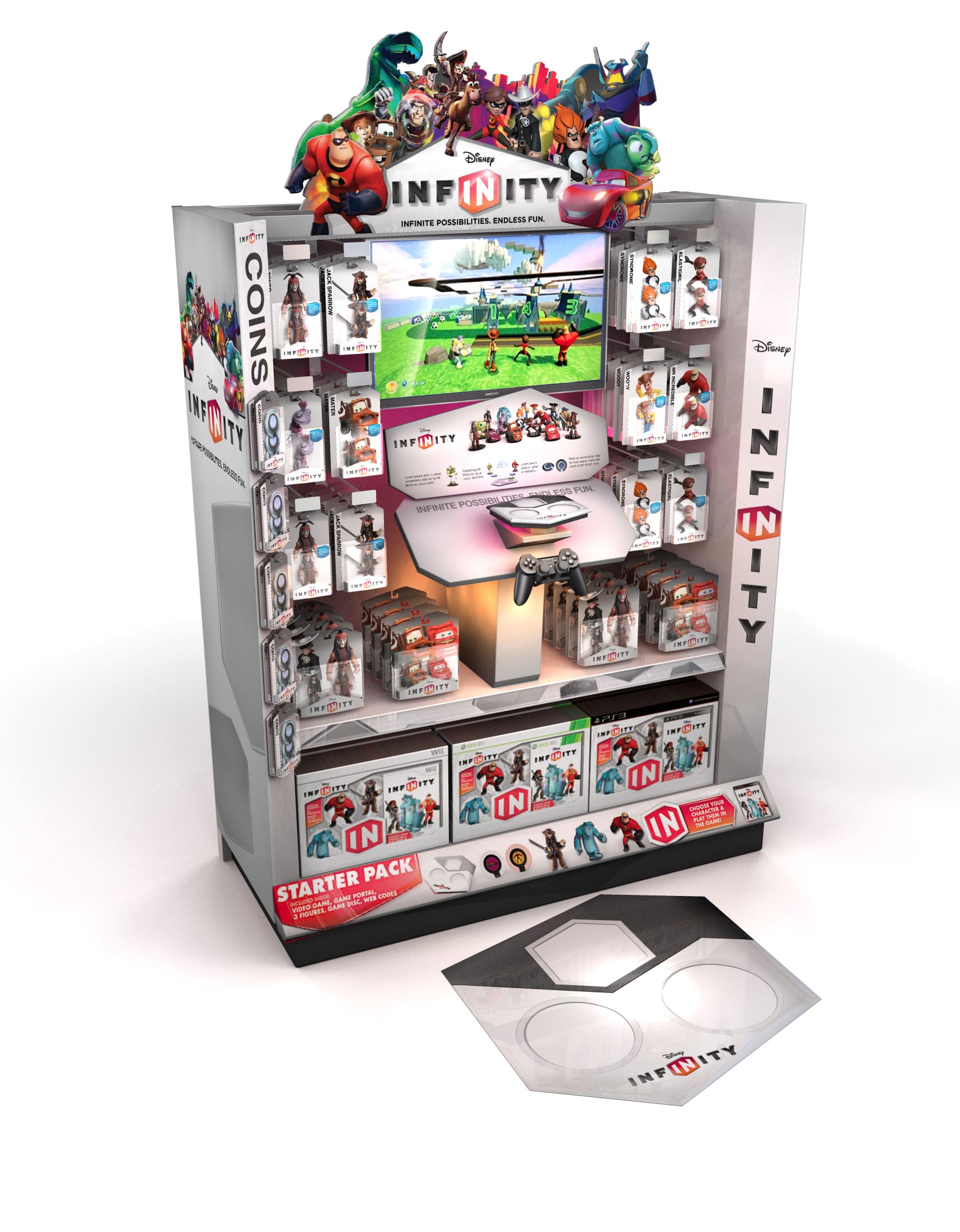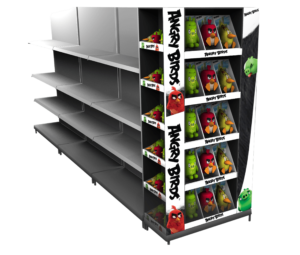Home » Optimizing Your Retail Displays: The Art of Material Selection
Optimizing Your Retail Displays: The Art of Material Selection

In the dynamic realm of retail, crafting the perfect display goes beyond just showcasing products – it’s about sparking customer interest, driving sales, and making a lasting impression. Key to this success is the strategic use of point-of-purchase (POP) displays, which have the power to influence buying decisions at the crucial moment. This guide delves into the essential factors to consider when choosing the right materials for your retail displays, ensuring that your creations stand out and make a genuine impact.
Balancing Cost and Quality
Your choice of materials significantly affects your display’s overall cost and quality. While cardboard offers an affordable option, plastic strikes a balance between cost and durability. Higher-end materials like wood and metal communicate luxury, potentially enhancing the perceived value of your products.
Ensuring Longevity and Durability
Consider the intended lifespan of your displays. Corrugated cardboard suits short-term promotions, while plastic, metal, and wood are better suited for long-lasting and semi-permanent installations. Plastic excels in semi-permanent setups, whereas wood and metal offer robustness for prolonged use.
Flexibility for In-Store Mobility
The ease of movement is vital for logistics and adaptability within the store. Well-designed displays simplify assembly, shipping, and rearrangement. Lightweight materials like cardboard are easy to transport and assemble, while plastic and metal provide flexibility in placement.

Safeguarding Products with Smart Design
Product protection is paramount, especially for fragile or valuable items. Metal, plastic, and wood offer enhanced impact resistance compared to cardboard. Secure display options like wire tethers can deter theft and prevent accidental damage.
Aesthetic Appeal and Brand Alignment
Materials contribute to the overall visual and tactile experience of your displays, playing a pivotal role in conveying your brand’s identity. Cardboard offers versatility in design, plastic exudes modernity, wood brings in natural charm, and metal adds a touch of sophistication. The inclusion of electronic components elevates interactivity and brand engagement.
Sustainability and Environmental Responsibility
In today’s eco-conscious landscape, consider the environmental impact of your display materials. Cardboard is a standout option due to its recyclability, while permanent materials generate less waste. Wood can often be repurposed, and metal is endlessly recyclable – align your choices with your brand’s commitment to sustainability.

Materials that Complement Product Vibes
Harmonize your display materials with your product type to create a coherent and captivating presentation. Cardboard’s adaptability suits a range of products, plastic shines for clothing and sleek items, wood adds warmth for food and wine displays, and metal lends an industrial edge for electronics and snacks.
If you are interested in point of purchase displays, then partner with Brown Packaging today.
With new tariff proposals and continued trade uncertainty, 2026 is shaping up to be another pivotal year for packaging sourcing strategy. Many companies that shifted
Following multiple rounds of tariff changes and trade policy adjustments, 2026 marks a turning point for U.S. packaging buyers. Many who previously transitioned from China
Shifting packaging production from China to the U.S. can help stabilize costs, reduce tariff exposure, and shorten lead times. But the transition process requires careful
RSC boxes are known for their efficiency and versatility, but their performance ultimately comes down to strength. Buyers often see numbers like ECT, BCT, and
In packaging, foam isn’t just about initial protection — it’s about maintaining performance over the entire shipping or storage cycle. Compression set and recovery characteristics
Pouches are a go-to for flexibility and convenience, but they can fail in critical ways—from poor seals to punctures and delamination—that hurt performance and brand
Home » Optimizing Your Retail Displays: The Art of Material Selection

Creating impactful promotional messaging for Point of Purchase (POP) displays is vital for capturing customer interest and driving sales. This guide explores essential strategies for

Point of Purchase (POP) displays are a crucial element in the world of retail marketing. They play a significant role in catching the eye of

Displays play a key role in marketing and selling your product in stores. With the goal of grabbing the attention of a customer, it is


